
Poison ivy is a plant whose leaves contain a substance that causes allergic reactions in contact with the skin. Being able to recognize and avoid poison ivy can save a lot of people from unpleasant and painful allergic reactions.
About poison ivy
Poison ivy contains a compound called urushiol. When this oily substance comes in contact with human skin, in most people it causes an allergic reaction, characterized mainly by a red rash.
The problem is that blisters that form as a result of the allergic reaction also contain some urushiol, and when they are scratched and ruptured, urushiol leaks and spreads to other parts of the body. This substance can also enter the blood stream, in which case the whole body can end up being covered in rash.
Human body is able to build some sort of resistance to urushiol after the first contact. If a person gets in contact with poison ivy for the second time, his or her body’s immune system will react with urushiol.
While poison ivy rash can be effectively treated, primarily with corticosteroids, it is always better to prevent than to cure, and it is recommended to be informed about the ways to avoid poison ivy altogether.
How to avoid poison ivy
There is a saying that goes “leaves of three, let it be.” This indicates the shape of poison ivy, which has three sprouts with almond-shaped green leaves on them. The stems are reddish and there are also gray-white clustered berries.
This plant should not be touched at all, and most people know it, but the problem is that most of the time the contact is accidental. One way to prevent it is to dress in layers. Pant legs should be long, as well as the sleeves. It also helps to wear long socks or stockings, gloves, and to cover the head with a hoodie or a hat. The more the body is covered, the better.
Another good way to avoid poison ivy is to get to know the one’s habitat. This means examining the bushes, meadows, woods and other green areas. Poison ivy prefers shaded terrain, so it is most likely to be found under big trees.
There are special protective balms which can be applied to the naked skin, for example if it is too hot to wear long pants and sleeves.
In case of contact with poison ivy, the affected area should immediately be washed. There is a chance that urushiol still has not penetrated the skin and it can be washed off. The clothes must be washed too. If washing the clothes is not possible, they should be placed in the sun. exposure to sunlight may cause urushiol to evaporate. If any urushiol is left on the clothes, if will cause an allergic reaction just like a direct contact with the poison ivy.




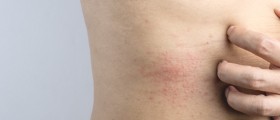
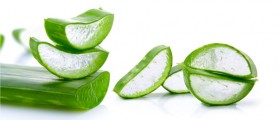


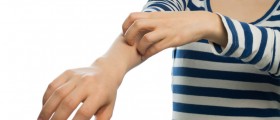

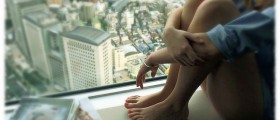
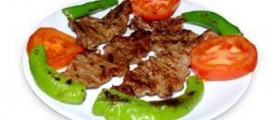
-Causes,-Symptoms-And-Diagnosis_f_280x120.jpg)
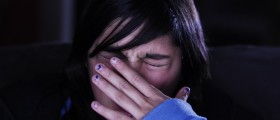
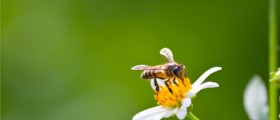
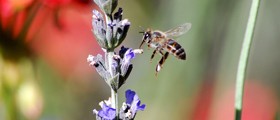
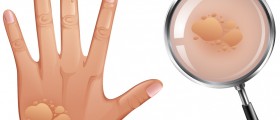
Your thoughts on this
Loading...